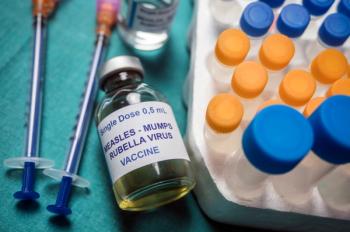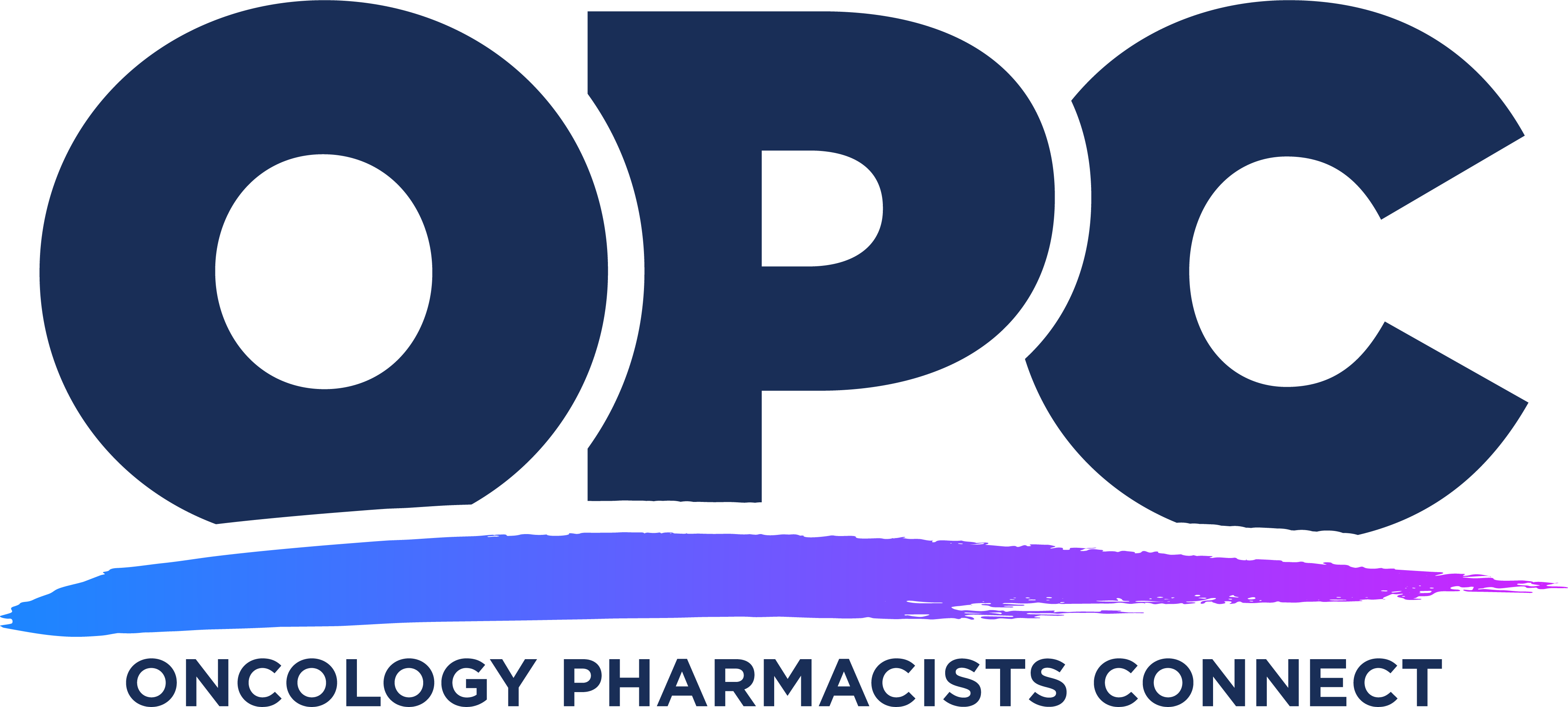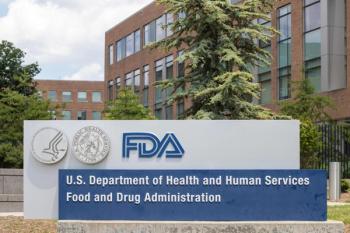
Pharmacy Practice in Focus: Oncology
- June 2025
- Volume 7
- Issue 4
Impact of Patient Access to Care on Rates of Febrile Neutropenia Post Inpatient Administration of a Colony-Stimulating Factor

Key Takeaways
- Febrile neutropenia (FN) occurs in 10% to 30% of chemotherapy patients; CSFs reduce severe FN incidence.
- A 67% FN rate difference between pegfilgrastim and filgrastim was observed in patients with transportation barriers.
This abstract will be presented at the Oncology Pharmacists Connect (OPC) meeting in Austin, Texas, from June 19 to 20, 2025.
Febrile neutropenia (FN) remains a serious and common complication of chemotherapy. Although the use of colony-stimulating factors (CSFs) is well established in mitigating severe FN, existing literature suggests there is only an approximate 3% difference in FN rates between various CSF agents.
This retrospective study was conducted to explore the understudied intersection of health-related social needs (HRSNs)—specifically transportation barriers—as well as their potential influence on the rates of FN in patients who are receiving chemotherapy and CSFs. The findings of this research, which highlight the critical impact of HRSNs on patient outcomes, will be presented at the
Abstract
Background
Febrile neutropenia (FN), a complication of chemotherapy, occurs at a rate of 10% to 30% in the general population. Utilizing colony-stimulating factors (CSFs) decreases the incidence of severe FN. Literature suggests a 3% difference in the rate of FN between CSF agents filgrastim (Neupogen; Amgen)/filgrastim biosimilars and pegfilgrastim (Neulasta; Amgen)/pegfilgrastim biosimilars.
Materials and Methods
The primary objective was to compare the FN rate within 20 days of chemotherapy administration in patients who received a CSF during inpatient admission and had a transportation barrier to health care (group 1) vs patients without a transportation barrier to health care (group 2). Secondary objectives compared the FN rate within 20 days of chemotherapy administration in patients within the 2 study groups who received filgrastim vs pegfilgrastim and compared the length of inpatient stay between the 2 groups.
A retrospective chart review was performed. Forty-four of 88 charts met the inclusion criteria and were evaluated using the Fisher exact test. The power was set at 80% with 1284 patients needed, and α was at 0.05. Patients were stratified by presence (group 1, n = 36) or absence (group 2, n = 8) of transportation barriers.
Results
The 67% difference in FN rate between pegfilgrastim and filgrastim in group 1 suggests that patients with transportation barriers may have better FN prevention with pegfilgrastim. This study explored the understudied area of health-related social needs (HRSNs) in the context of patients receiving chemotherapy. Patients who have transportation barriers may have other HRSNs that impact the increased incidence of FN in this group. This study supports the need for future research evaluating how HRSNs impact outcomes in patients receiving chemotherapy.
About the 2025 OPC Meeting
At this year’s OPC meeting, attendees will have the opportunity to showcase clinical research and practice management insights or explore the latest advancements in oncology pharmacy during the poster session and networking reception. These events foster innovation, collaboration, and professional growth within the oncology pharmacy community. Participants can present their work, exchange ideas, and connect with leaders in the field during these networking opportunities.
Prior to the start of OPC on June 19, participants are invited to attend the Hematology/Oncology Pharmacy Association (HOPA) BCOP Program in person on June 18. HOPA has selected 4.0 CE hours from BCOP Updates 2024 and the Annual Conference 2025, featuring topics such as acute leukemia, cellular therapy for solid tumors, and the pharmacist’s role in serious illness conversations. Additional information is available
Articles in this issue
Newsletter
Stay informed on drug updates, treatment guidelines, and pharmacy practice trends—subscribe to Pharmacy Times for weekly clinical insights.

















































































































































































































